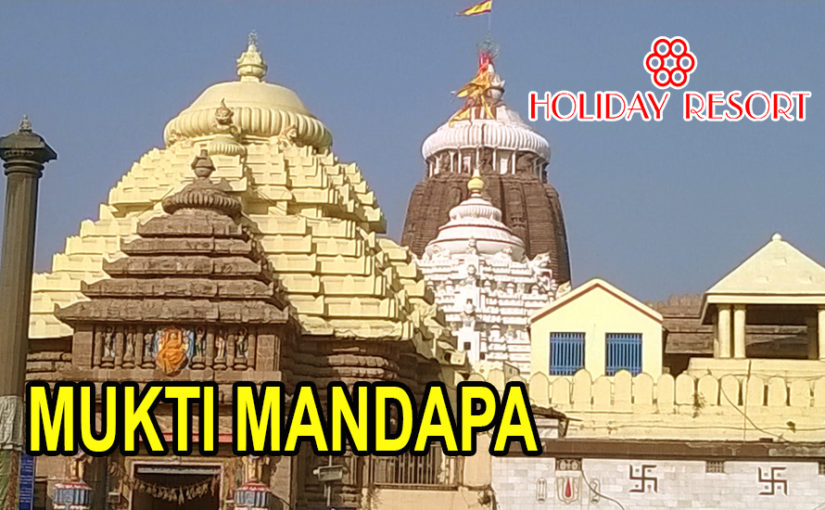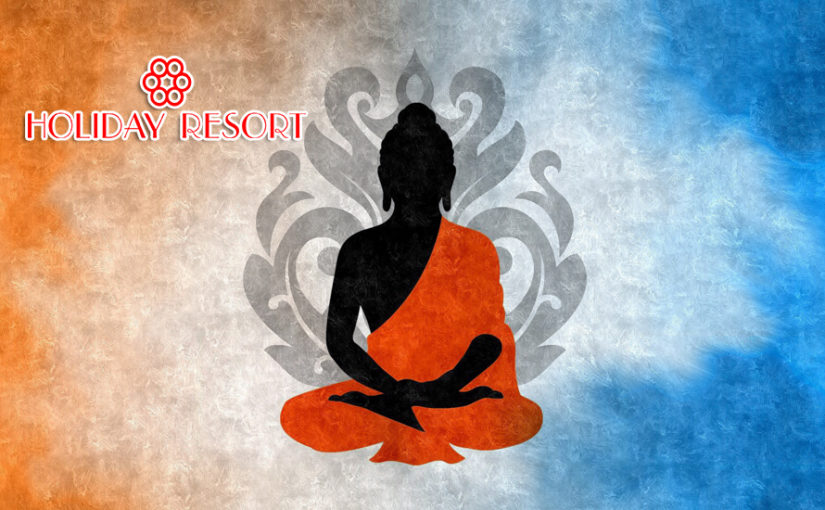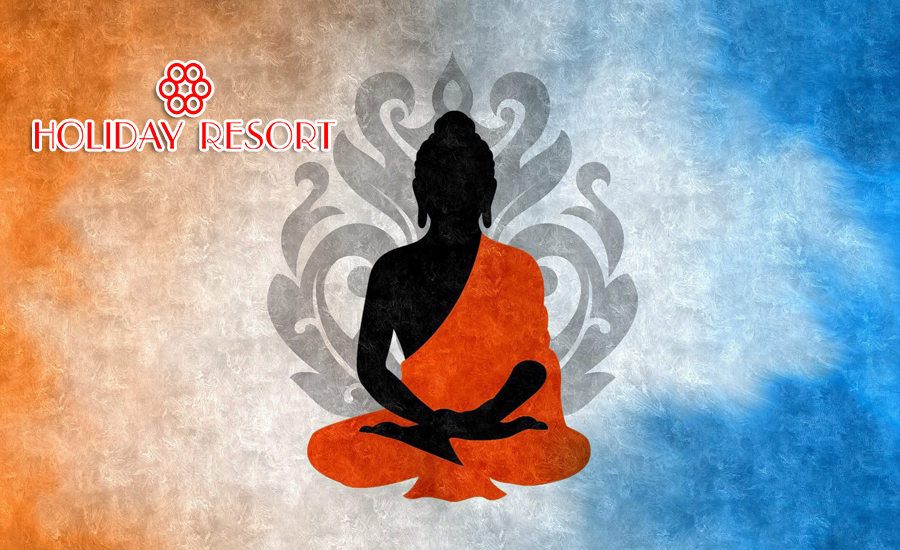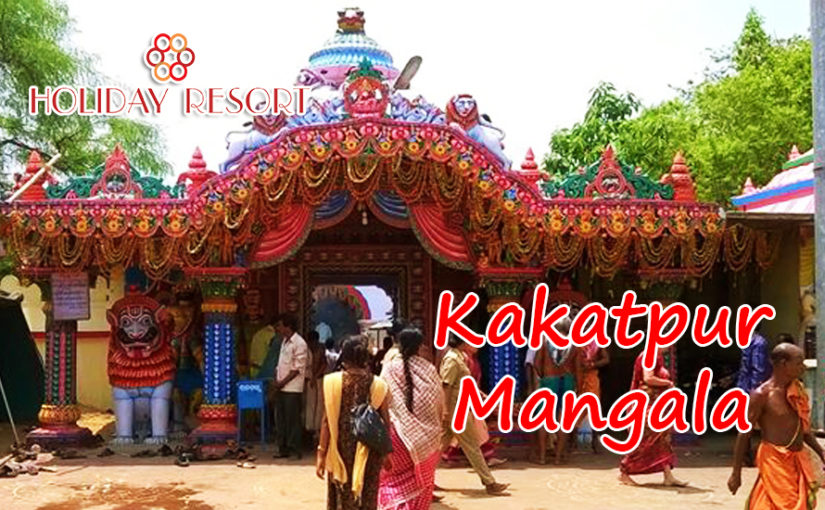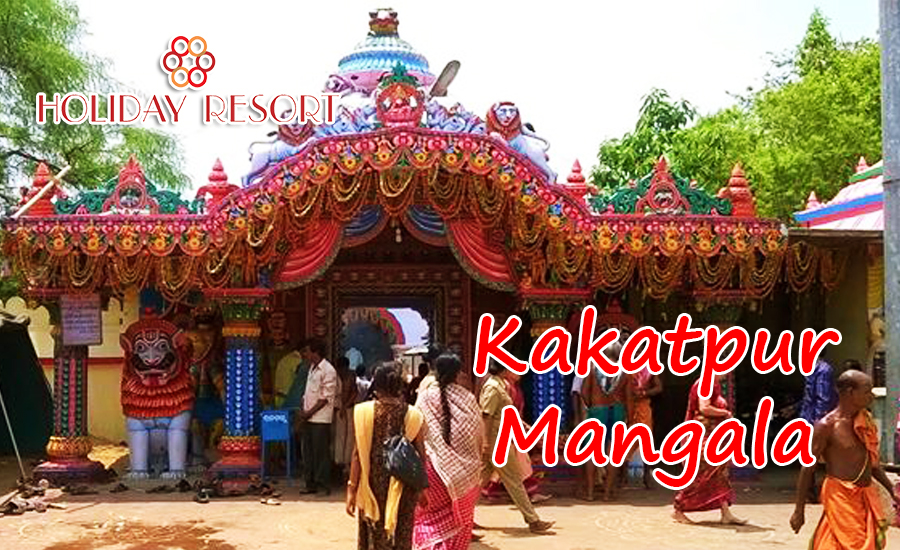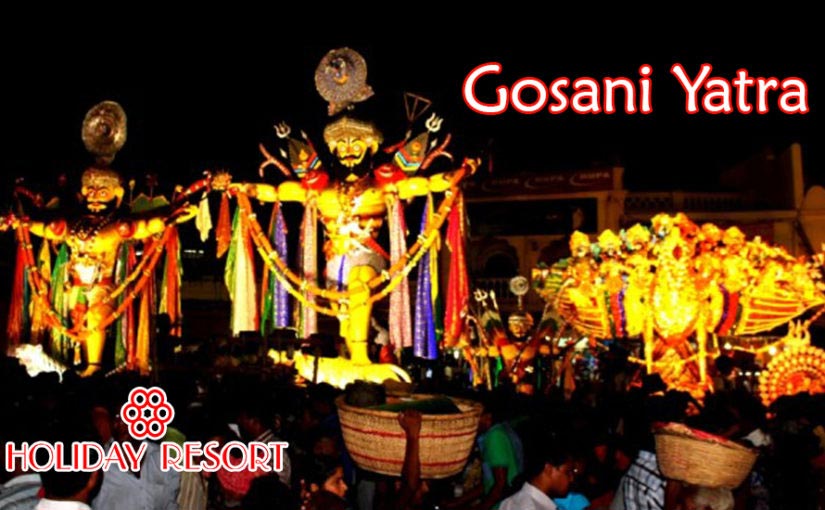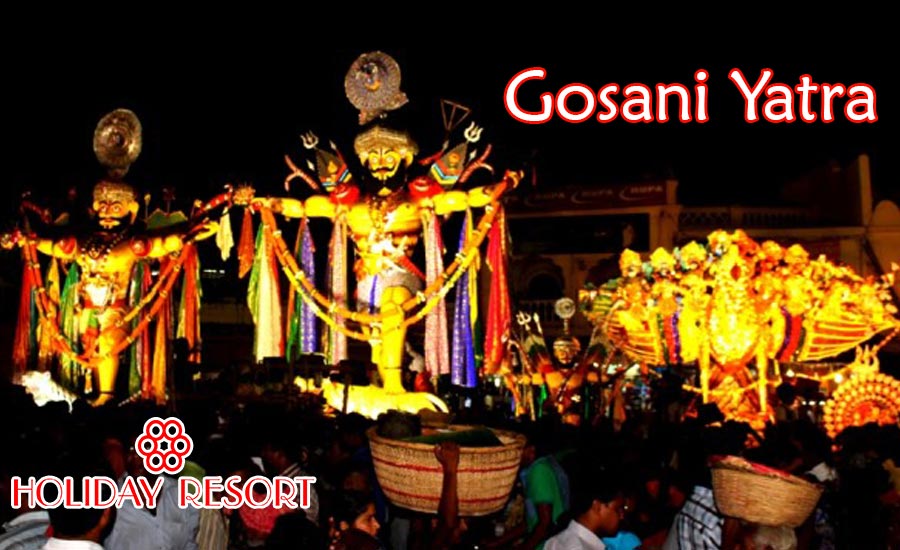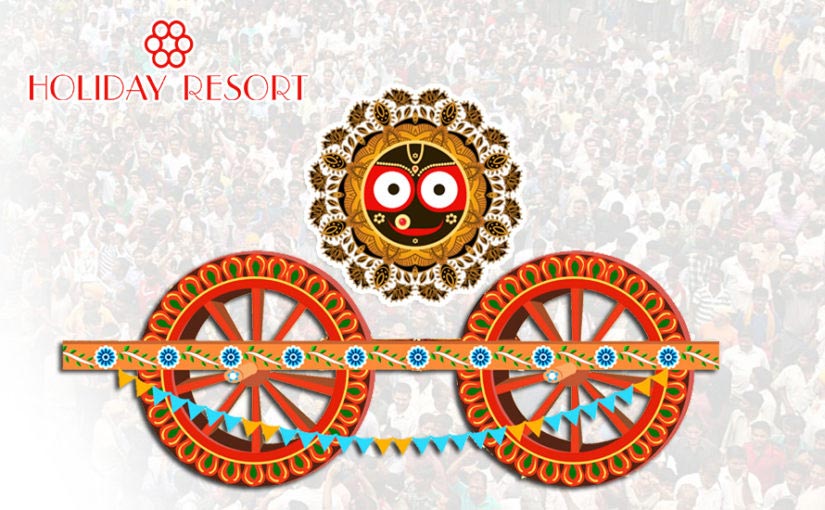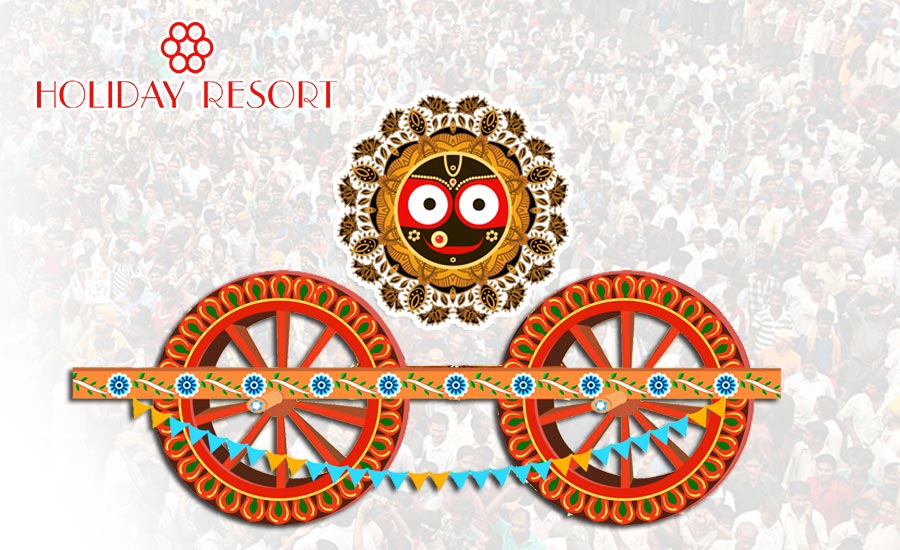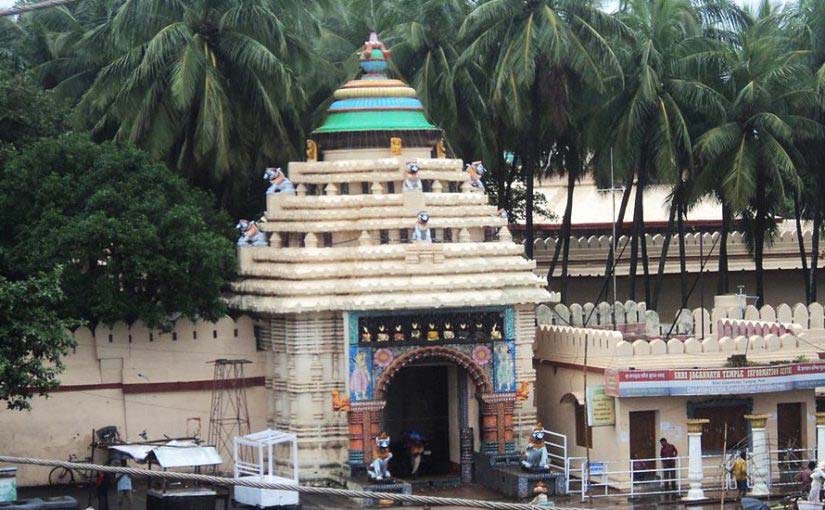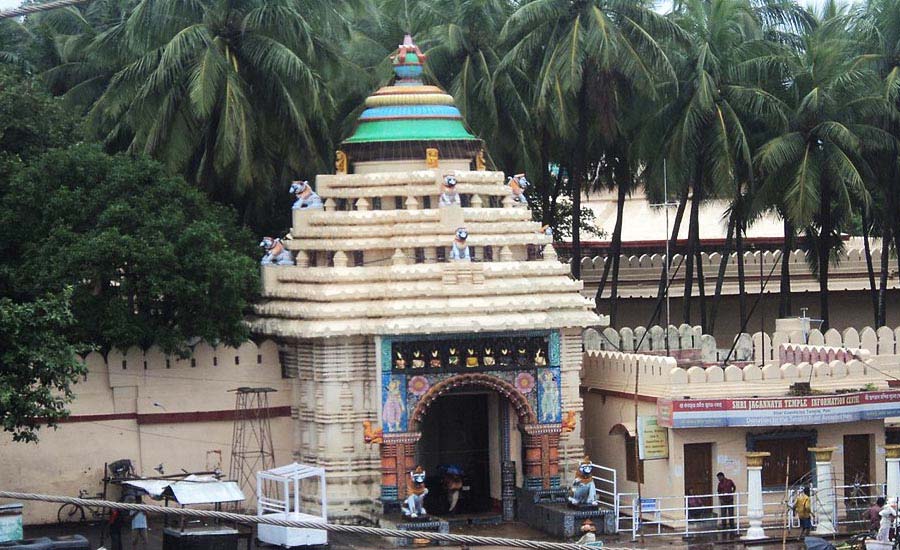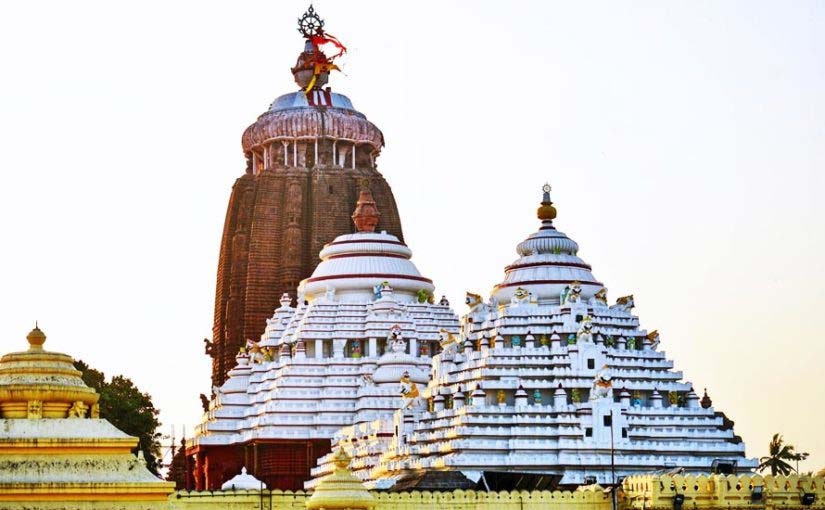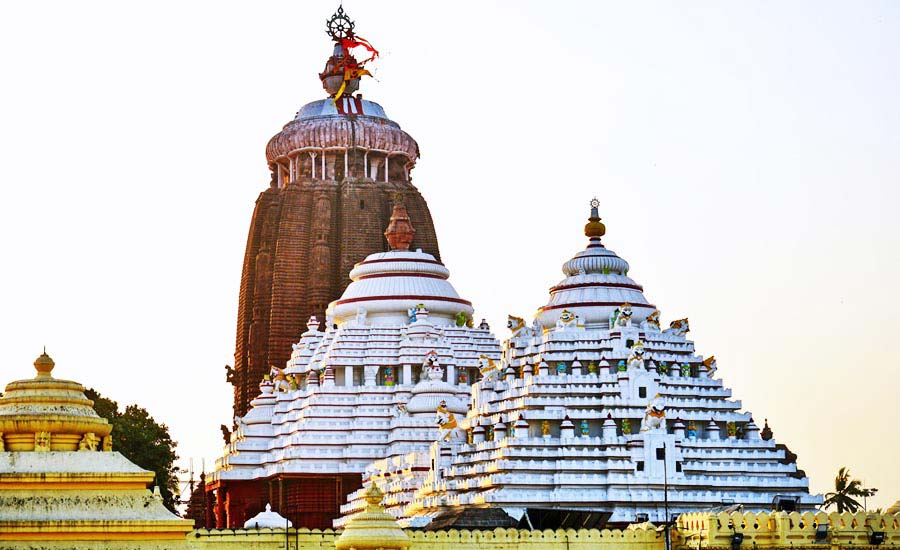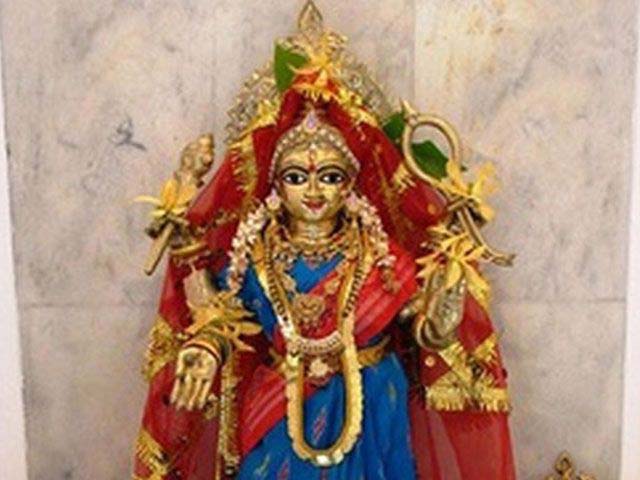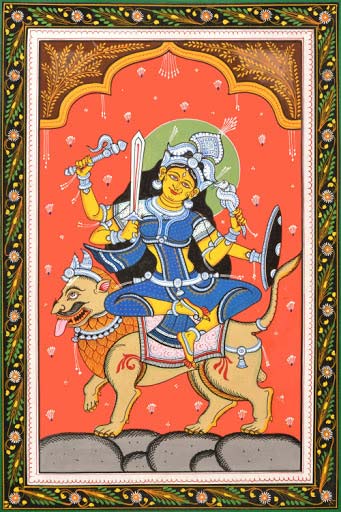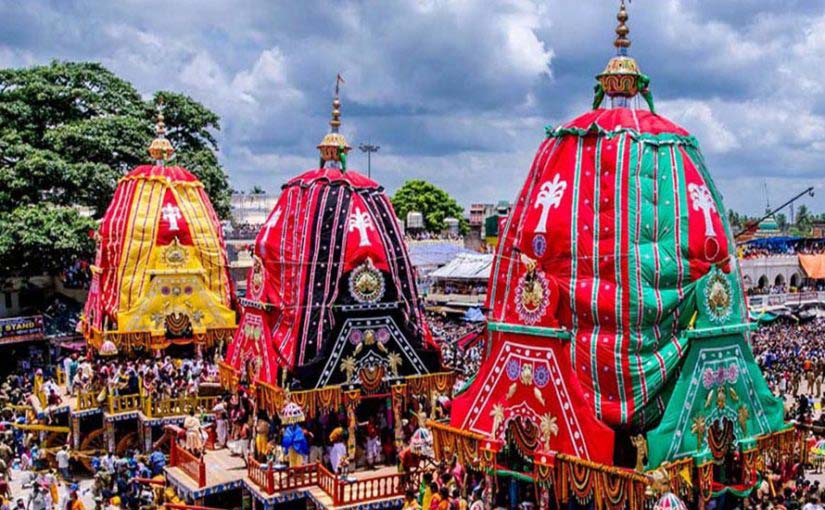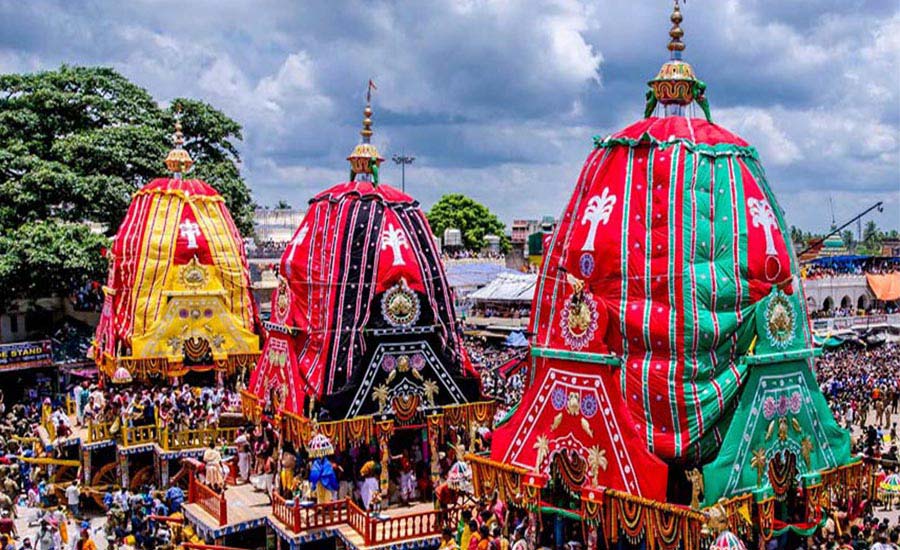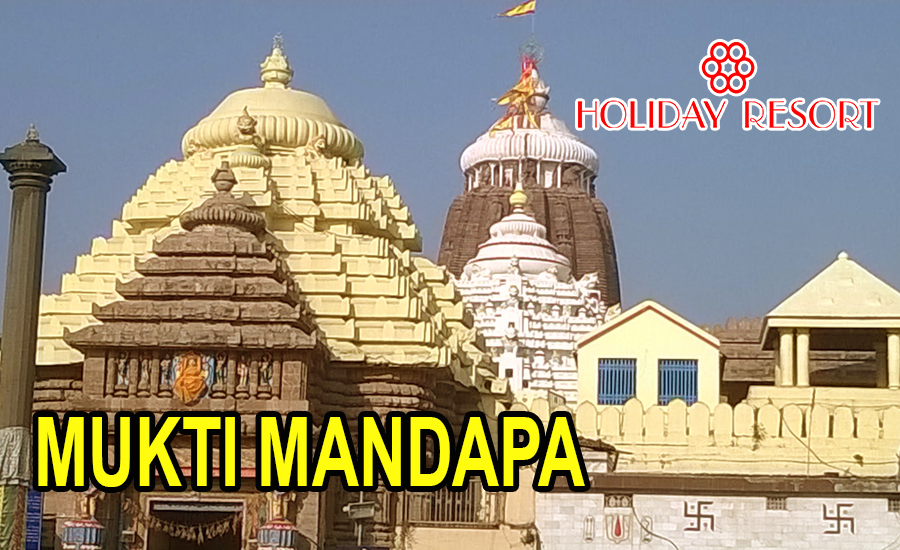
Located in front of the Nrusingha temple- on the southeren side of the Lord Jagannath Temple. Mukti Mandapa holds very special significance. The name Mukti Mandapa is formed by the combination of two words ‘Mukti’, which means freedom and ‘Mandapa’, which means platform.
It was built in 15th Century on the request of Queen Mahadevi, wife of King Mansingh of Jaipur.
What Is Mukti Mandapa
It is a council of Brahmin scholars that acts as a final judicial system in religious matters. It is headed by Shankaracharys of Puri Govardhan math on permanent basis. All the disputes that fall under religion are discusses and a final verdict is passed by the council of pandits. In ancient days, the matter was when put in front of the King, he used to call the council for discussion and the verdict was passed by the council itself.
According to some local beliefs, a person gets salvation and will be free from all their sins if he/she follows all the rituals as told by the scholars of Mukti Mandapa.
Apart from these duties, Mukti Mandapa is also involved in some significant rituals of the temple and Odia tradition. The yearly Odia calendar is submitted to the Mukti Mandapa for the approval before being published and made publically available.
The council also performs rites and rituals during the Nava Kalavera festival. The council is offered Mahaprasada after morning and mid-day dhupas.
Structure of The Platform where The Council Sits
The structure Mukti Mandapa is made up of black granite stone with height 5 feet and the area covered is 900 square feet. The shape of the platform is an elevated square and is open from all sides except for roof, which is at the height of 13 feet from the ground level. Total 16 pillars support the whole structure out of which 12 pillars are around the periphery and 4 are present in the middle section. The height if each pillar is 8 feet. These 16 pillars are believed to be the symbols of the sixteen Brahmin Sasanas (settlements or villages) established around Puri city by Ramachandara Dev, the first king of Bhoi Dynasty. A number of idols of different Hindu Gods and Goddesses adorn the platform.
Mukti Mandpa holds a very high respect and place. The council and the platform is believed to be a home extensive knowledge and experience and hence many people bow their heads and touch the platform to show their respect towards this valuable seat. The platform, no doubt has been adorned by a number of learned men and therefore deserves all the respect offered to it by devotees.
Stay tuned at www.puriholidayresort.com for more interesting information about Puri.

